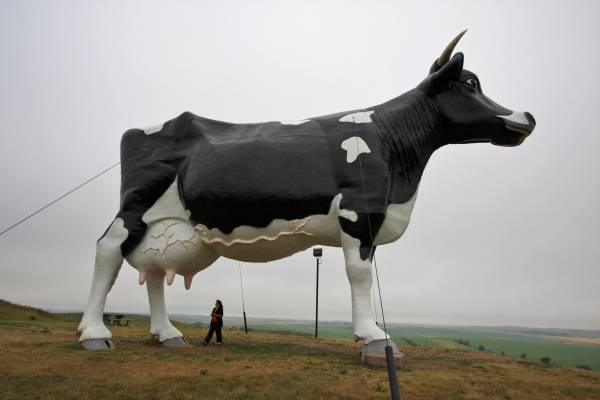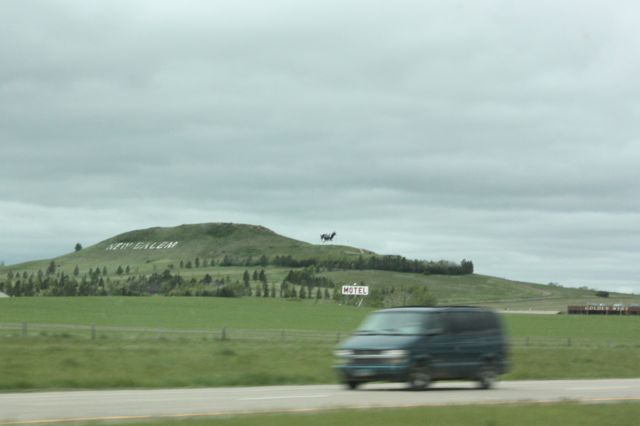Another story from the USA. I’m sure that nation is schizophrenic! Collectively, US citizens have contributed so much to the world… but they also seem to be full of contradictions.
SBS reports that “A Republican congressional candidate once known as ‘Joe the plumber’ is in hot water after implying in a campaign video that German gun controls contributed to deaths during the Holocaust.”
Samuel Wurzelbacher, who became known as Joe the Plumber during the 2008 Presidential campaign when he questioned Barack Obama at an event, is running as a Republican in Ohio for the House of Representatives. In the video he loads a shotgun and fires at pieces of fruit placed on wooden posts:
In his commentary he lists several instances of genocide, in each case stating that the victims, “unable to defend themselves, were exterminated.” He finishes by saying: “I love America.”
Not surprisingly there were protests. Joe later claimed on Twitter that he didn’t say that gun control caused genocide.
Well, he didn’t actually say that… but what else is the viewer to conclude? Loading and shooting a shotgun while giving a running commentary about historical genocides in which people were “unable to defend themselves”, together with the throwaway “I love America” as he holds his gun at the end, doesn’t leave much room for any other interpretation.
As with most other arguments from the gun lobby, this bizarre video is based on twisted logic. Americans just love to talk about their right to bear arms, and even Christian friends (who I might have expected to have a more balanced view) have defended to me their possession of weapons. Don’t they understand that they have a higher rate of murder using firearms than most other places in the world, and that the number of weapons in the community might just have something to do with that? A friend once told me that his father keeps a gun in case he needs to defend his home and family. When I commented that I’ve never felt the need to defend my home or family – simply because there’s never been a threat, which I’m sure is the case for the vast majority of families in Australia – his response was, “That must be nice.” I just don’t understand that argument. If they didn’t have so many guns there wouldn’t be so many shootings. Simple.
To get back to Joe the Plumber… how exactly does he think the people who were killed during the genocides he mentions were going to defend themselves? Pistols, or even shotguns, would have provided practically no defence against the Nazis, for example. Poland, The Netherlands, Belgium and France all buckled under the might of the Blitzkrieg, and it took more than five years and concerted efforts from east and west to claw back that ground and subdue Hitler. If whole nations – who were able to defend themselves – couldn’t stand against that force, how were individual pockets of Juden (and even smaller other groups, such as homosexuals and disabled people) to do so? Yes, six million Jewish people were killed, but that figure represents people gathered from all over Europe; it’s not as if the whole six million were in one place where they could have taken a stand. In fact, those who did resist were brutally punished.
I love Australia, imperfect as it is, but I don’t need to resort to cheap shots (if you’ll pardon the pun) to try to make a point. In my opinion Joe is defending the indefensible, and causing offence.


